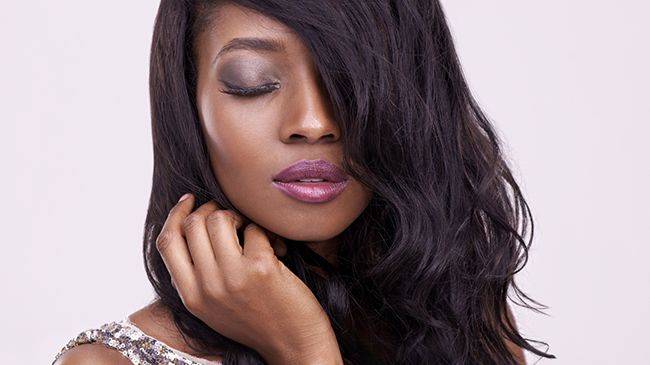Preface
This article is not meant to discourage anyone from relaxing his or her hair. I am simply encouraging people to make informed decisions in order to prevent potential frustration. When it comes to detangling relaxed hair versus textured hair, I think it is indisputable that relaxed hair easier. Now that we have stated the obvious, let’s discuss the not so obvious. Relaxed hair by nature is weaker than natural hair due to the chemical process it undergoes to break down the protein bonds for the individual strands lengthen. Because of this, relaxed hair requires the same or more care in order to preserve the health of the hair. Here are things that relaxed hair and natural hair share in common.
Deep Conditioning
Relaxed hair requires just as much deep conditioning as natural hair, if not more. Chemically treated hair (e.g. relaxed and dyed”> needs moisture reinforcement to prevent excessive dryness and breakage. The smoothness of relaxed hair is often perceived as moisturized just like the bends, curves, and kinks of natural hair are often perceived as dryness. Both are merely texture. It is important to learn what each feels like in a moisturized state. Someone with natural hair should not expect their curls and coils to feel like relaxed hair and someone with relaxed hair should not forget or disregard the need to moisturize because their hair is smooth.
Read more: You are Feeling Texture, Not Dryness
Moisturizing
I started my healthy hair journey a year before I even considered going natural. Yes, my desire to go or return natural was a year after I started learning how to care for my relaxed hair. While I was an active member of the Hairlista community, I learned the importance of moisturizing my hair daily. At first this was not appealing to me, as I did not want to weigh down my relaxed hair but once I started, the health of my hair transformed. Moisturizing your hair or at the least moisturizing your ends everyday was essential for many women to retain moisture and reduce split ends.
Protein Treatments
Another key element to maintaining healthy relaxed hair was incorporating protein treatments. Natural hair does not necessarily need protein treatments but many naturals benefit from incorporating them into their regimens. When it comes to relaxed hair, protein treatments are essential, especially if you want to retain length. Protein treatments help to make up for parts of the cuticle that either dissolved or chipped away during the relaxing process. They also help to restore the hair from styling manipulation and natural weathering.
Heat-free Styling
Consistently blow-drying and flat ironing relaxed hair is a recipe for weathered and tapered ends that result in breakage. A lot of the women from Hairlista who retained length with relaxed hair did so by air-drying, wet wrapping, roller setting, French braiding, or bunning their hair. Heat tools were used sparingly. Frequently using heat tools on chemically treated hair is a set up for a disaster. Again, this only relevant if your goal is to retain length.
Protective Styling
Another major thing to consider about relaxed hair is protecting your ends. When your hair constantly grazes against your clothes, it creates friction that leads to split ends. Ever wonder why so many women struggle to retain length past the shoulders? Bingo. Wearing styles that prevent your hair from coming in contact with your clothes is key to retaining length.
So, having relaxed hair is indeed easier to manage if your ideal regimen consists of cleansing, blow-drying, and using a flat iron without deep conditioning or incorporating protein treatments. These are things to consider in the event that you have certain goals and expectations. Of course there are people who flat iron every week and have waist length hair but they are definitely outliers. Remember, regardless of if your hair is completely natural or chemically treated, maintaining healthy hair takes effort.
Do you think relaxed hair is easier to manage than natural hair?

